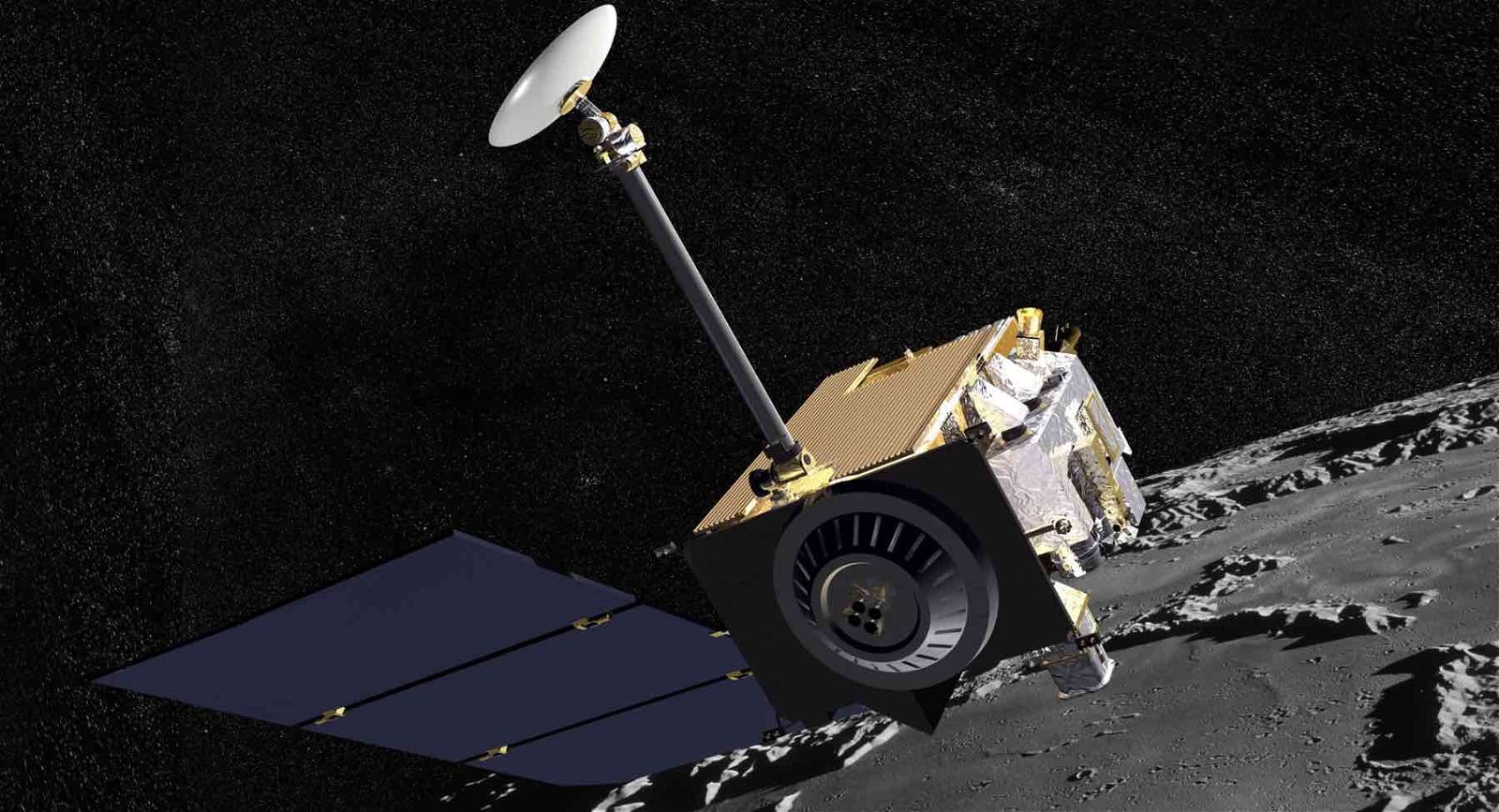NASA recently revealed that a laser beam was fired from its Lunar Reconnaissance Orbiter (LRO) at a spacecraft on the Moon’s surface, in a technological first that could pave the path toward new methods of precision target location.
The American space agency says a laser beam was transmitted from the LRO’s laser altimeter instrument at a tiny device on the Indian Space Research Organization’s (ISRO) Vikram lander on December 12, 2023. The transmission occurred while the LRO was more than 60 miles away as it passed over the lunar South Pole when it fired a series of laser pulses at the spacecraft.
The LRO registered light from its laser bouncing back off a tiny NASA retroreflector positioned on Vikram, confirming that the technique was a success.
Xiaoli Sun with NASA Goddard, who led the team that developed the retroreflector placed on Vikram, was enthusiastic about the achievement resulting from the cooperation between the two space agencies.
“We’ve [shown] that we can locate our retroreflector on the surface from the Moon’s orbit,” Sun said.


In principle, firing lasers at an object and measuring the time required for the light to bounce back to its point of origin is nothing new, and is commonly utilized for tracking Earth-orbiting satellites using ground-based laser systems.
However, the technique NASA recently demonstrated reverses this process, firing a laser from a moving satellite at a stationary object—in this case, on the surface of the Moon—and determining its precise location.
Firing a Laser at a Cookie-Sized Retroreflector
The special retroreflector NASA designed is tiny, at just two inches across. Roughly the size of an Oreo cookie, the device is formally known as a Laser Retroreflector Array and features a pattern of eight prisms fitted within an aluminum frame shaped like a tiny dome, which allows for a simple, but effective means of reflecting light coming from almost any direction.
The device also requires no power either, meaning that its durable design allows it to function for up to several decades.
This is not the first time NASA has used retroreflectors in novel ways. Since 1969, a technique known as Lunar Laser Ranging (LLR) has been used to measure the Moon’s distance from Earth-based observatories using retroreflectors that were placed on the Moon’s surface during the Apollo missions, as well as the Soviet Luna program.
However, more advanced retroreflector designs currently in use allow for a greater range of potential applications than their Apollo-era predecessors. Today, the devices are also fitted to the exterior of the International Space Station (ISS), which allows cargo-delivery spacecraft to measure their distance while approaching and autonomously dock with it.
In the years ahead, they may also provide several useful applications for Artemis astronauts working in locations where low light conditions would otherwise make landing next to existing spacecraft on the lunar surface difficult.
Right now there are plans for NASA retroreflectors to be carried to space on board several public and private Moon landers, including the Japan Aerospace Exploration Agency’s (JAXA) SLIM lander, which powered down within just three hours of making its historic landing on the Moon over the weekend.
A Look at the Lunar Reconnaissance Orbiter’s LOLA
One problem that arises from the more widespread use of this technology in space exploration is that the LRO’s altimeter—currently the only laser instrument orbiting the Moon that could be used for such applications—has been operating for thirteen years longer than its original mission intended and was never designed for such applications. Because of this, the LRO’s instrument required eight attempts before it could successfully contact the retroreflector on the Vikram lander.
The laser in question is the LRO’s Lunar Orbiter Laser Altimeter (LOLA). This instrument is primarily designed for precision measurements of topographic features on the lunar surface, which has helped NASA produce models of the Moon that are crucial for planning safe landings and lunar exploration, as well as increasing our understanding of the lunar environment overall.
LOLA functions with a small array of five laser beams, which are fired toward the Moon. The time required for each beam to bounce back to the LRO is measured, allowing the instrument to gauge the elevation of features on the lunar surface below.
Although LOLA’s capabilities are ideal for mapping the Moon’s surface features, there are large gaps between the beams it produces, meaning that the chances of hitting a cookie-sized target are fairly slim, especially when the beam is required to strike within one-hundredth of a degree of the retroreflector.
In the future, NASA plans to produce a laser that produces no gaps in coverage, and which can continuously beam against the lunar surface as it passes to ensure that it strikes any retroreflectors with maximum precision.
Until such lasers come into use, NASA’s best—and only—bet remains the simpler laser altimeter currently on board the Lunar Reconnaissance Orbiter, which the December experiment has already shown to be successful when used in this manner, although it may also require a bit of trial and error.
“The next step is to improve the technique,” Xiaoli Sun said in a statement, “so that it can become routine for missions that want to use these retroreflectors in the future.”
Micah Hanks is the Editor-in-Chief and Co-Founder of The Debrief. He can be reached by email at micah@thedebrief.org. Follow his work at micahhanks.com and on X: @MicahHanks.

